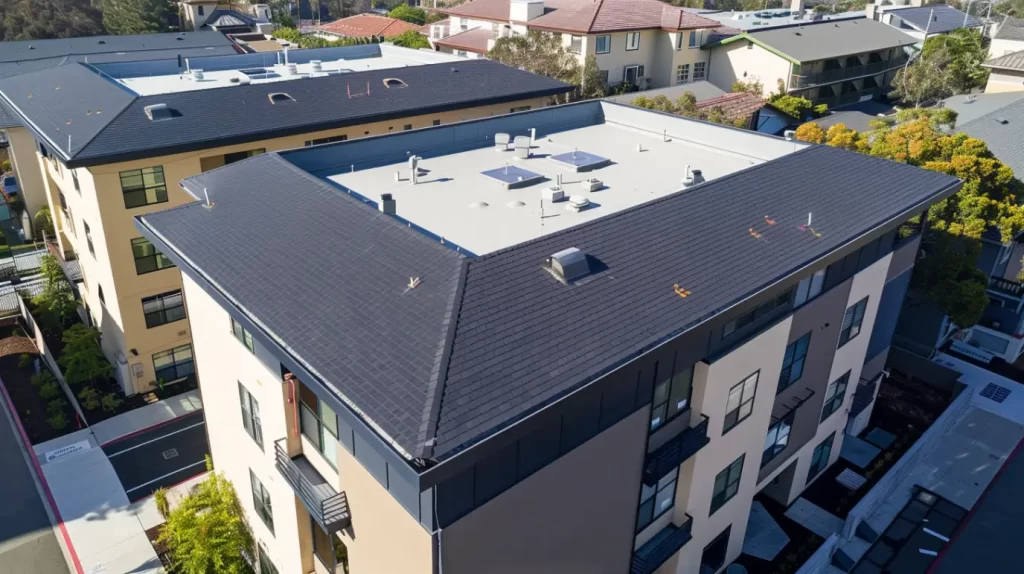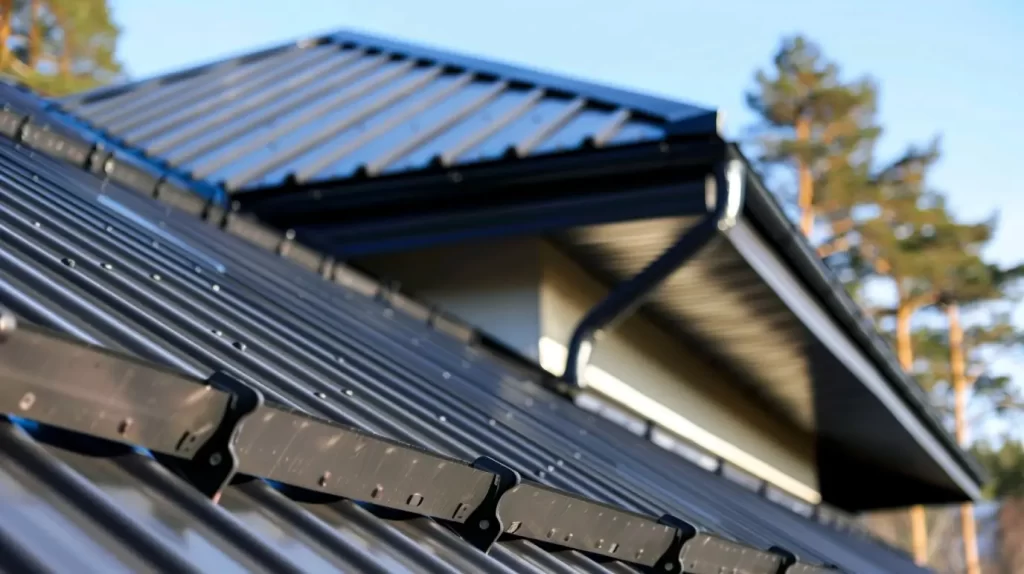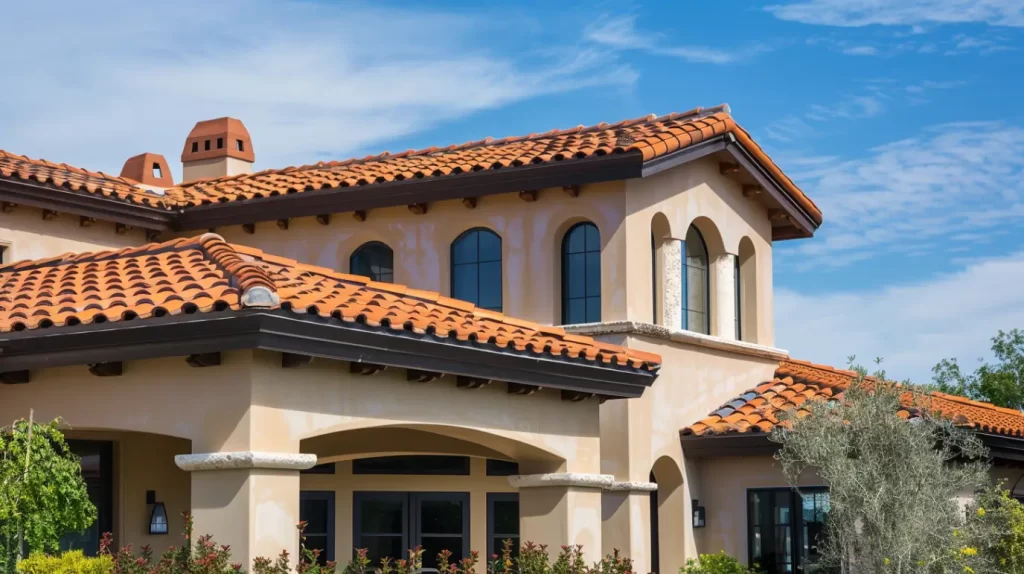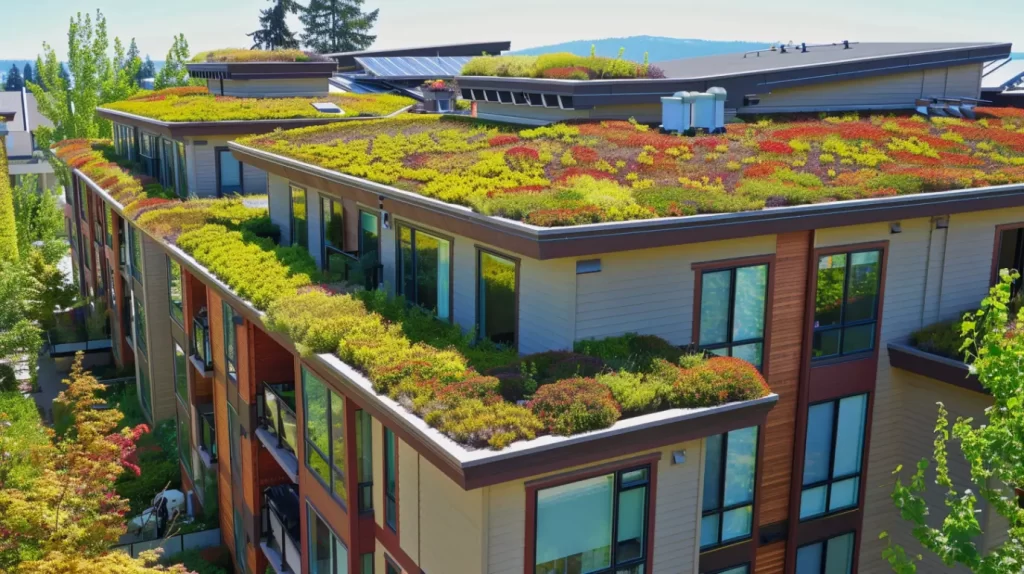Choosing the right roofing materials for community associations requires careful consideration of several factors. The ideal selection enhances aesthetics, increases property values, and complies with local building codes. Property managers and HOA boards must weigh durability, cost, energy efficiency, and maintenance. Companies like Fontaine Roofing in Anaheim, CA, can help compare options like asphalt shingles, metal roofing, and tile materials. This ensures long-term viability while adhering to HOA regulations and satisfying homeowners.
Key Considerations for Community Associations Selecting Roofing Materials
Selecting roofing materials requires careful consideration of various factors to ensure optimal outcomes for community associations. Durability, cost-effectiveness, and maintenance requirements are paramount, influencing both the immediate and long-term investment. Adherence to local building codes is essential, as is an understanding of weather conditions specific to the region. Involving a qualified roofing contractor early in the process can enhance decision-making, ensuring alignment with HOA guidelines and aesthetic expectations while maximizing energy efficiency, thus providing peace of mind for property owners.
Contact Us
Assessing Durability, Cost, and Maintenance
Evaluating roofing materials requires a thorough analysis of durability, cost, and maintenance. Durable options like metal roofing can withstand severe weather conditions, providing peace of mind for homeowners associations. While upfront costs may be higher for some materials, their long-term benefits often outweigh initial expenses. Consideration of routine maintenance is crucial; low-maintenance solutions, such as synthetic roofing, offer a compelling choice. By understanding these factors, community associations can make informed decisions that enhance property values and meet hoa regulations effectively.
Factoring in Regional Climate and Local Building Codes
Understanding regional climate and local building codes is essential for any roofing material decision. Areas prone to extreme weather require materials with enhanced durability and fire resistance, contributing to long-term energy efficiency and peace of mind for property owners. Compliance with local codes ensures the roofing project adheres to safety standards, which can also affect insurance costs and resale value. Consulting a knowledgeable roofing contractor can provide insights into regulations and suitable materials that align with the specific needs of your community association.

Asphalt Shingles: The Popular Choice for HOAs
A prevalent option among homeowners associations, asphalt shingles stand out for their affordability and aesthetic versatility. Offering a broad spectrum of colors and styles, this roofing material can complement various architectural designs. Ensuring proper installation by a qualified roofing contractor is vital to achieving optimal durability and fire resistance. Routine maintenance enhances their longevity, minimizing issues from severe weather conditions. This makes asphalt shingles a practical choice, delivering both curb appeal and peace of mind for community associations.
Advantages and Drawbacks of Asphalt Shingles
Asphalt shingles present a variety of benefits, including affordability and ease of installation, making them a favored roofing choice among homeowners associations. These materials offer decent fire resistance and are available in a wide range of colors, enhancing curb appeal significantly. However, their lifespan is generally shorter compared to metal roofing options and may require more frequent roof maintenance due to susceptibility to damage from severe weather conditions. Understanding these advantages and drawbacks is essential for informed decision-making regarding roofing choices.
Installation, Cost, and Typical Lifespan
Understanding the intricacies of installation and cost is crucial for making informed decisions regarding roofing projects. Typically, asphalt shingles offer a lower upfront cost compared to traditional materials, facilitating budget-friendly roof replacements. The installation process, managed by experienced roofing contractors, ensures alignment with local building codes, maximizing longevity. Generally, asphalt shingles have a lifespan of 20 to 30 years, providing homeowners associations with peace of mind regarding durability and maintenance needs, ultimately protecting property values in the community.

Metal Roofing for Condos and Community Buildings
A metal roofing system provides exceptional durability and energy efficiency, making it an ideal choice for condos and community buildings. Its longevity significantly reduces the frequency of roof replacement, offering both peace of mind and long-term savings for property owners. Proper installation of styles such as standing seam ensures superior performance against severe weather conditions. Additionally, metal roofing can enhance aesthetic appeal while complying with HOA guidelines, positioning residential properties for greater resale value and attracting discerning buyers.
Durability, Energy Efficiency, and Longevity Benefits
Durability stands as a crucial factor when selecting roofing materials, especially for community associations. Metal roofing proves exceptionally robust, adept at withstanding severe weather conditions and minimizing the risk of damage over time. Energy efficiency is also paramount; metal roofs reflect solar energy, significantly reducing cooling costs and enhancing overall comfort. Moreover, the longevity of metal roofing products often surpasses traditional materials, offering property owners peace of mind with minimal maintenance requirements. This combination of attributes makes metal roofs a wise investment for any community.
HOA Restrictions and Architectural Considerations
Understanding Homeowner Association (HOA) restrictions and architectural guidelines is essential when selecting roofing materials. Reviewing HOA rules ensures compliance with local standards. Architectural shingles offer design flexibility while meeting fire safety regulations, enhancing property safety. Consulting an experienced roofing contractor can clarify how chosen materials align with community standards, preserving property values and curb appeal. Additionally, factor in durability, weather resistance, energy efficiency, and maintenance. Collaborating with professionals who understand both technical and aesthetic aspects can lead to successful projects that comply with HOA regulations and enhance community appeal.
Cost Analysis and Maintenance Requirements
Analyzing the costs associated with various roofing materials is essential for community associations. Upfront costs often vary significantly depending on the selected roofing style and its required maintenance regime. Asphalt shingles typically offer a lower initial investment compared to metal roofing, but their lifespan and maintenance needs must be factored in. Regular inspections and timely repairs can enhance durability and minimize long-term expenses, ensuring that property owners maintain their investment while complying with HOA guidelines for upkeep and aesthetic appeal.

Tile Roofing (Clay and Concrete): A Southern California Favorite
In Southern California, tile roofing, particularly clay and concrete varieties, stands out for its exceptional aesthetic appeal and ability to enhance property values. These roofing materials perform admirably in the region’s unique climate, providing both fire resistance and insulation against heat. However, weight considerations and installation complexities should be carefully assessed to ensure structural integrity. HOA guidelines often play a crucial role in the selection process, ensuring alignment with community standards. Selecting the right tile roofing can offer homeowners peace of mind and long-term durability.
Curb Appeal and Property Value Enhancement
A well-chosen roofing material significantly enhances curb appeal and property values for community associations. Attractive options such as tile and metal roofing not only complement various architectural styles but also catch the eye of potential buyers. The aesthetic appeal of a well-installed roof creates a lasting first impression, which is crucial for homeowners associations. Additionally, premium materials often enhance the overall perception of the neighborhood, leading to increased property values and long-term investment security for property owners.
Performance in Anaheim’s Climate
Anaheim’s climate, characterized by warm summers and mild winters, demands roofing materials that can withstand diverse weather conditions effectively. Clay and concrete tiles excel in thermal performance, reflecting sunlight and minimizing cooling costs, which is crucial in this sun-soaked area.
Additionally, their exceptional durability mitigates the risks associated with severe weather events, providing invaluable peace of mind for community associations. Moreover, adhering to local building codes ensures proper installation and long-term functionality, while these materials also enhance the aesthetic appeal of residential properties, making them a popular choice for homeowners seeking quality and style.
Weight, Installation Factors, and HOA Assessments
Considerations surrounding roofing material weight are paramount for community associations, as the existing structure must support the chosen option. The installation process, influenced by the specific roofing products selected, can significantly impact both time and cost. Compliance with HOA assessments is critical; understanding HOA guidelines and securing approval ensures that roofing choices align with community aesthetics and structural integrity. Proper installation not only adheres to local building codes but also enhances the long-term durability and energy efficiency of the new roof.

Synthetic and Green Roofing Options for HOAs
Exploring synthetic and green roofing options offers community associations innovative solutions that align with contemporary sustainability goals. Synthetic materials, such as shake and slate alternatives, provide aesthetic appeal without the traditional drawbacks. Additionally, green roofing systems contribute significantly to energy savings, enhancing insulation and reducing cooling costs. Selecting eco-friendly options not only aligns with homeowners association (HOA) guidelines but also promotes property values and long-term resilience against extreme weather. Investing in these roofing choices ensures a commitment to sustainability and climbing efficiency standards.
Comparing Synthetic Shake, Slate, and Membrane Systems
A diverse range of synthetic roofing options is available for community associations, offering various benefits tailored to specific needs. Synthetic shake and slate provide aesthetic appeal along with enhanced durability and resistance to severe weather conditions, making them ideal for long-term investment. Alternatively, membrane systems deliver exceptional waterproofing and energy efficiency, significantly reducing cooling costs. Each option should align with HOA guidelines and architectural styles to ensure a harmonious appearance throughout the community, while also considering environmental sustainability and minimal maintenance requirements.
Sustainability, Recyclability, and Energy Savings
The integration of sustainable roofing materials supports environmental responsibility while enhancing energy efficiency. Many modern roofing products, including metal and synthetic options, feature high recyclability levels, significantly reducing landfill contributions. Additionally, utilizing energy-efficient roofing can lead to substantial long-term savings on cooling costs, a major concern in various climates. Emphasizing these benefits can help community associations make informed decisions that align with HOA regulations while achieving aesthetic appeal and durability, ensuring the best return on investment.
What’s Next
Evaluating roofing materials is crucial for community associations seeking to improve functionality and aesthetics. Asphalt shingles are affordable, while metal roofing offers durability and energy efficiency. Tile options, favored in warm climates like Southern California, provide excellent curb appeal and long-term value. Companies like Fontaine Roofing in Anaheim, CA can help choose the right materials. Each option has unique benefits and considerations, including maintenance and HOA compliance. Ultimately, the right roofing material enhances property values and ensures peace of mind for owners and association members.
Read our blog: Comparing Roofing Materials for Community Associations
Frequently Asked Questions
What are the best practices for community associations when replacing roofs?
Community associations should conduct thorough research on various roofing materials, considering factors such as durability, maintenance needs, and energy efficiency. It’s crucial to adhere to local building codes and regulations while engaging with residents for their valuable feedback. Additionally, effective budgeting and hiring experienced contractors are essential for ensuring a successful roof replacement project that meets the community’s long-term needs.
Are metal roofs commonly accepted by HOAs and what are their maintenance needs?
Many HOAs accept metal roofs due to their durability and aesthetic appeal. Maintenance typically involves periodic inspections, cleaning debris, and checking for rust or loose fasteners. Properly maintained, metal roofs can last decades, making them a favorable long-term investment for community associations.
What are the top 5 roofing materials?
The top five roofing materials include asphalt shingles, metal roofing, tile roofing (both clay and concrete), synthetic options, and innovative green roofing solutions. Each of these materials offers unique benefits, associated costs, and varying maintenance requirements that community associations should carefully evaluate. It’s essential to consider the specific needs of the community when making a decision on the most suitable roofing option.

